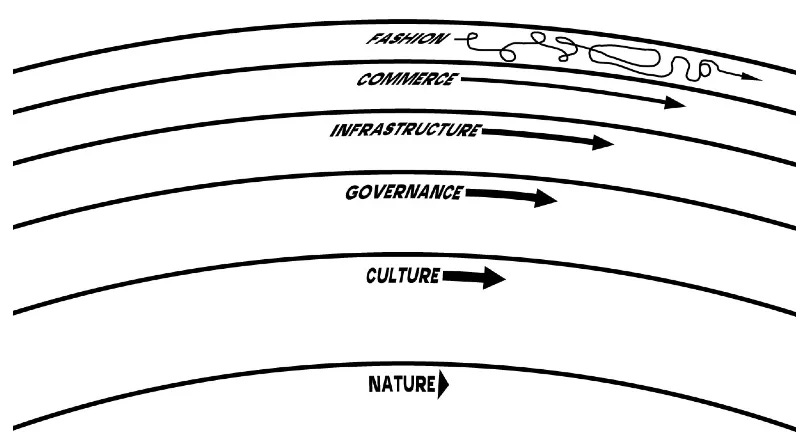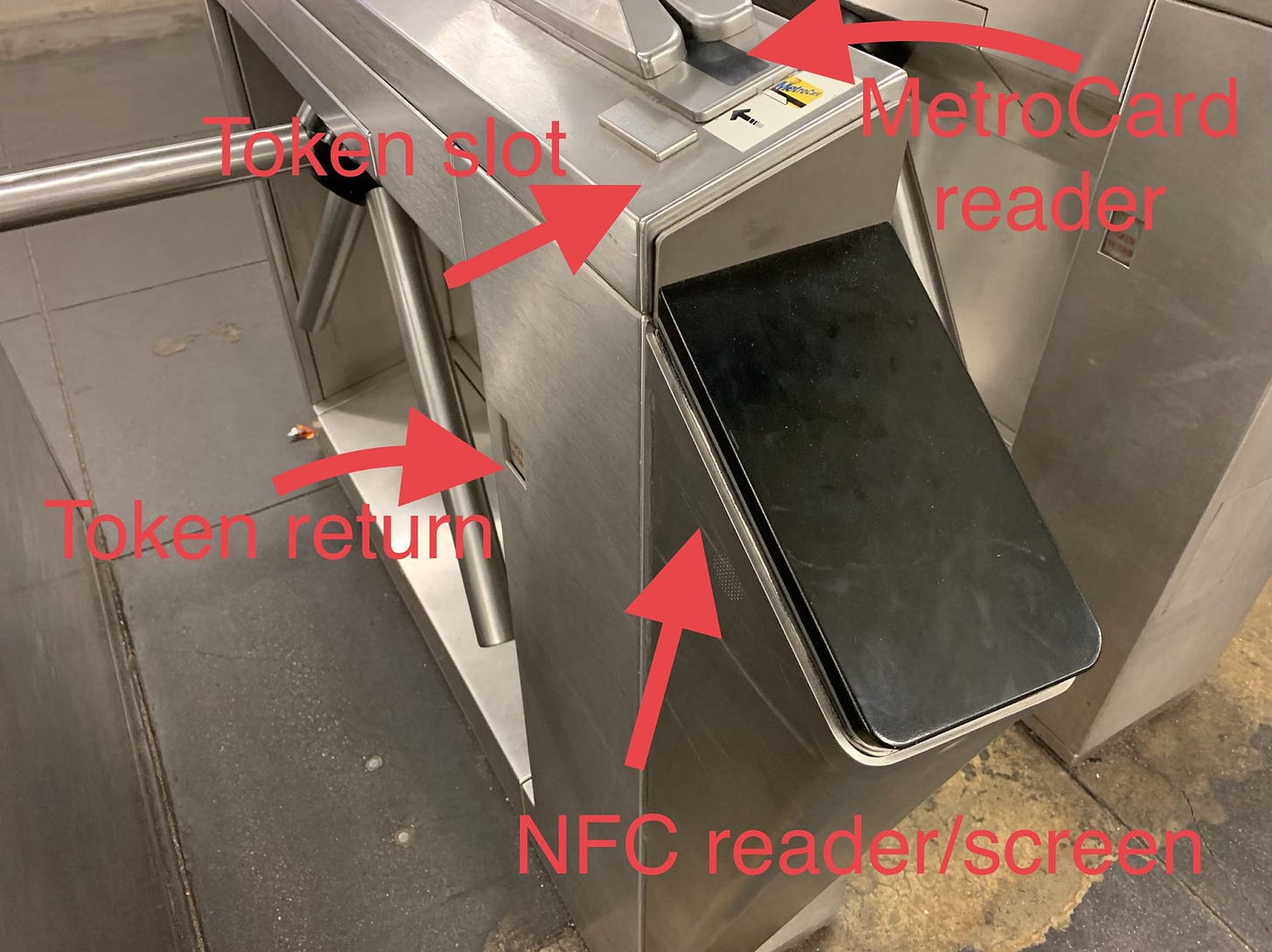Noah here. Robert Caro’s new book Working came out last week. It’s svelte by Caro’s standards, clocking in at just 204 pages, and documents his work and approach to writing some of the most acclaimed biographies of the last 50 years. While I haven’t read it yet (it’s next on the list), I’ve enjoyed the press run leading up to the release, including an amazing New Yorker article about his research methods (almost definitely my favorite longform of the year so far), a big interview for the Times Magazine, and a funny little piece about Conan O’Brien’s career-long quest to interview Caro, which includes this bit that made me laugh (thanks Eric):
At 83, Mr. Caro is enjoying a moment of appreciation, and he has made appearances in recent days in Austin, Tex., Philadelphia and New York, his home city. Mr. O’Brien, 55, acknowledged that he had not exactly landed an exclusive.
“People keep saying, ‘I heard him on this podcast,’” he said. “‘He dropped in at Coachella.’ ‘He opened a mall in Paramus.’”
Why is this interesting?
If you’re a writer or a research-obsessive (like myself), everything Caro has to say is like gold. But it’s one of the quotes about power from the Times piece that I wanted to expand on. In response to the question “What, ultimately, do you want people to understand about you and your work?” Caro responded:
“During all these years I did come to understand stuff about power that I wanted people to know. You read in every textbook that cliché: Power corrupts. In my opinion, I’ve learned that power does not always corrupt. Power can cleanse. When you’re climbing to get power, you have to use whatever methods are necessary, and you have to conceal your aims. Because if people knew your aims, it might make them not want to give you power.”
While it’s not precisely the point Caro was making, the quote immediately made me think of a story I had heard recently during a discussion between Stewart Brand and Paul Saffo as part of their Seminars About Long Term Thinking. They were discussing Brand and Brian Eno’s concept of pace layering: a favorite mental model of mine that attempts to explain how all civilization works as a series of increasingly slower-moving layers. (If you’re interested in diving deeper into pace layers, I wrote a blog post about the idea last year.)

During the Q&A, the Long Now Foundation’s director Alexander Rose told a story about a 10-term Japanese mayor that went against popular opinion and built a massive and expensive seawall to protect his town from potential tsunamis. While the wall was never needed in his lifetime, the $30 million investment ended up saving the area when the big one hit in 2011. Here’s an excerpt from an AP article about the mayor:
The man credited with saving Fudai is the late Kotaku Wamura [probably not the right spelling], a 10-term mayor whose political reign began in the ashes of World War II and ended in 1987.
Fudai, about 320 miles (510 kilometers) north of Tokyo, depends on the sea. Fishermen boast of the seaweed they harvest. A pretty, white-sand beach lures tourists every summer.
But Wamura never forgot how quickly the sea could turn. Massive earthquake-triggered tsunamis flattened Japan's northeast coast in 1933 and 1896. In Fudai, the two disasters destroyed hundreds of homes and killed 439 people.
"When I saw bodies being dug up from the piles of earth, I did not know what to say. I had no words," Wamura wrote of the 1933 tsunami in his book about Fudai, "A 40-Year Fight Against Poverty."
He vowed it would never happen again.
In 1967, the town erected a 51-foot (15.5-meter) seawall to shield homes behind the fishing port. But Wamura wasn't finished. He had a bigger project in mind for the cove up the road, where most of the community was located. That area needed a floodgate with panels that could be lifted to allow the Fudai River to empty into the cove and lowered to block tsunamis.
To be able to truly think long term takes a certain amount of power that’s hard to come by. While it can certainly lead to bad outcomes as well, sometimes it saves cities. (NRB)
Photo of the Day:
The ever-expanding NYC subway turnstile (annotations from @airlineflyer). The newest edition is an NFC reader so MTA riders will be able to do the same tap-to-pay that makes the London Underground so easy to use. The new system is scheduled to roll out soon with swipe Metrocards going away by 2023. (NRB)

Quick Links:
I’m not sure how much more meta we can get, but here’s two recommendations of emails full of recommendations: Recs from Rex Sorgatz is full of interesting links and media recommendations and Recomendo from Kevin Kelly, Mark Frauenfelder, and Claudia Dawson offers 6 (mostly product) recommendations a week. (NRB)
One of my productivity hacks, if you can call it that, is to use the app Self Control on my Mac. It lets me block websites that distract me from doing the things I really need to do (aka Twitter and Gmail). Once you set the time limit on the block there’s no cancelling it, so all you’re left with is work. (NRB)
Nike went to market with a “Lost Cause” ad campaign not knowing the historical context. Historians pushed back and got the campaign pulled. “The Lost Cause was a story that white southerners told themselves after the Civil War to justify their embrace of slavery (it was a benign institution!), secession (a legitimate course of action!) and their defeat in the Civil War (a noble cause in defense of a ‘way of life’!).” (NRB)
Thanks for reading,
Noah (NRB) & Colin (CJN)


